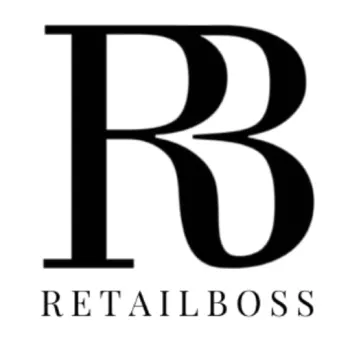Amazon Prime Day isn’t just a mid-summer sales bonanza. It’s a strategic proving ground for ecommerce brands. With Q4 looming as the most critical time of year for retail performance, Prime Day offers a golden opportunity to test and refine strategies that can be scaled during the holiday rush.
By tapping into first-party data, brands can gain a meaningful edge on Amazon’s highly competitive marketplace and prepare for the season ahead. Here are three key strategies to maximize investment and use 1P data as a strategic lever:
Fully Leverage First-Party Data to Guide Amazon Strategy
Depending on the fulfillment method used, brands don’t always have access to the granular customer data Amazon collects – like customer names, emails, or mailing addresses. That’s why using your own first-party data from DTC channels is so essential. These insights can fill in the gaps and guide Amazon-specific strategies.
Marketers should start by segmenting customers based on historical behavior: who buys full-price versus discount shoppers, who buys repeatedly, and who upgrades to premium offerings. By defining traits of customer groups who share similar behavior patterns, you can map these segments to your Amazon customer base. Though channels are separate, behavioral patterns will often remain consistent.
First-party data also informs inventory planning, creative messaging, and campaign pacing. This helps teams make more confident, data-backed decisions in a tight promotional window.
Focus on Hero Products That Attract High-Value Customers
Not all products are created equal, especially during key discount seasons. Rather than deeply discounting across the board, focus your promotional strategy around a few “hero” SKUs: high-margin, high-conversion items that consistently perform well.
Use your 1P data to identify which products drive the highest lifetime value (LTV) or lead to repeat purchases. These are the items that should take center stage during Prime Day. They not only boost short-term performance but help build a more profitable customer base long-term.
Importantly, don’t just look at unit sales. Instead, analyze the downstream impact. Does a particular product drive higher cross-sell rates? Are certain SKUs better at converting first-time buyers into loyal customers? Let your data guide the selection.
Drive Incremental Order Value Through Strategic Bundling
Prime Day shoppers are looking for value. Bundles that pair complementary products together can deliver that value while increasing average order value (AOV) and introduce customers to a broader range of your catalog.
For example, if data shows customers frequently buy a skincare serum with a moisturizer, try bundling them together at a compelling Prime Day price. This not only drives higher transaction value but also nudges customers into multi-product engagement with your brand.
Prime Day as a Strategic Rehearsal
Ultimately, the most successful brands will treat Prime Day as more than a one-off sales event. They’ll treat it as a Q4 dress rehearsal – a chance to test campaign strategies, gather insights, and optimize before the high stakes of Black Friday and Cyber Monday hit.
With many economic factors remaining unsteady and consumer spending showing signs of slow-down, Prime Day should not be approached in isolation, but as a trial-run for holiday strategies.
With competition intensifying across ecommerce channels, brands that build strategies around their own customer data will be better positioned to adapt, differentiate, and grow. Prime Day is just the beginning.

















